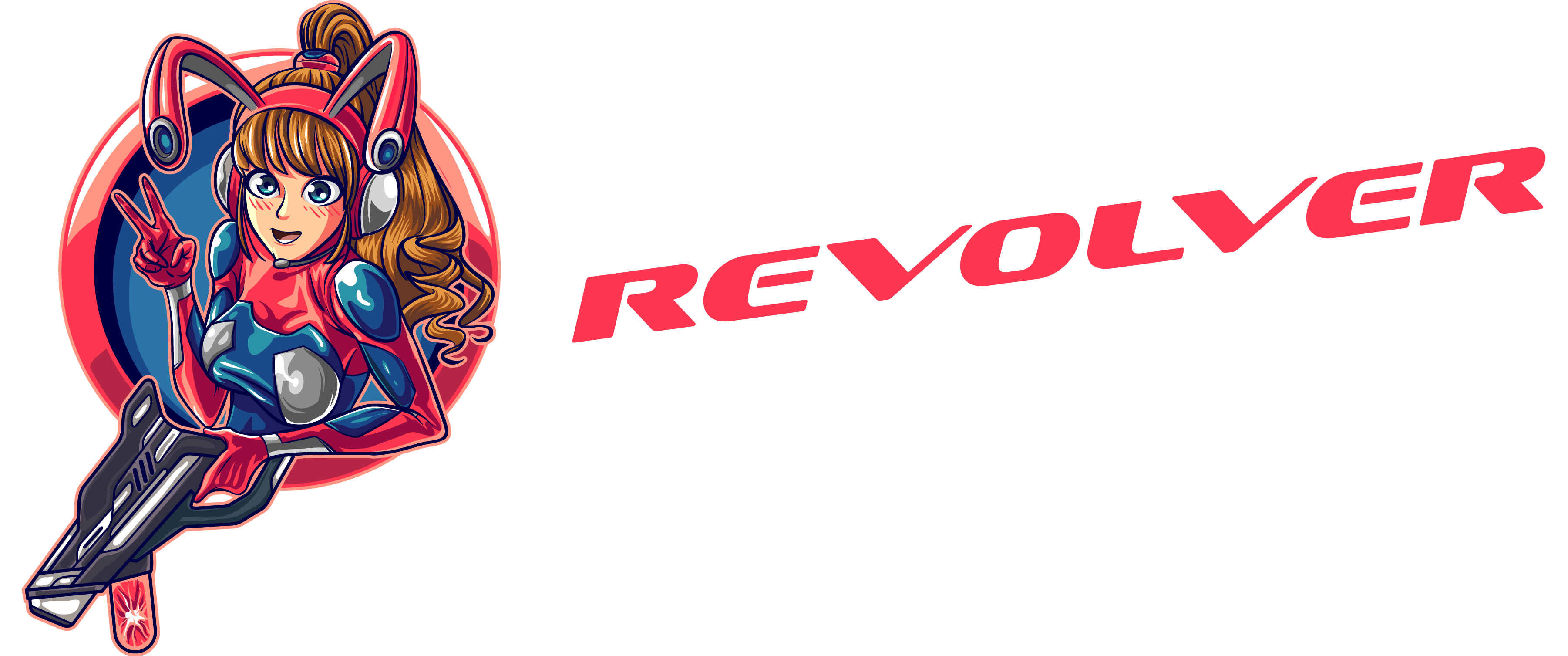Many manufacturing and facility managers struggle with maintaining optimal inventory levels while controlling maintenance costs. This challenging balance often leads them to wonder: What are the advantages of using a dedicated MRO storeroom management provider?
The primary advantages include reduced inventory carrying costs (typically 15-30%), improved parts availability (up to 99%), and streamlined procurement processes, freeing internal resources to focus on core business operations.
While these benefits sound promising, there’s much more to consider before outsourcing your MRO storeroom management. Understanding the full scope of advantages, potential challenges, and implementation considerations will help you decide whether this solution is right for your operation.
How Does A Dedicated MRO Provider Impact Operational Efficiency?
Beyond the immediate cost savings, a dedicated MRO provider brings operational improvements that ripple throughout the organization. By implementing advanced inventory tracking systems and standardized processes, these providers can reduce stockouts by up to 90%. This dramatic reduction in parts shortages means less equipment downtime and more consistent production schedules.
Additionally, dedicated providers typically bring industry best practices and specialized expertise that internal teams may lack. They can identify obsolete inventory, consolidate suppliers, and optimize storage layouts to improve workspace efficiency.
What Are The Implementation Challenges When Transitioning To An MRO Provider?
While the benefits are significant, transitioning to an external MRO provider requires careful planning and change management. The initial implementation typically takes 3-6 months and involves detailed inventory auditing, system integration, and staff training. During this period, operations must continue smoothly while new processes are established.

Some resistance from existing staff is common as roles and responsibilities shift. However, most organizations find that employees ultimately appreciate having better-organized systems and more time to focus on their primary maintenance duties rather than parts management.
How Do You Choose The Right MRO Storeroom Management Provider?
Selecting the right provider requires evaluating several key factors. Look for providers with experience in your specific industry and a proven track record of successful implementations. They should offer robust technology solutions that integrate your existing systems and provide real-time inventory visibility.
Request detailed references and case studies that demonstrate their ability to deliver promised savings and service levels. Pay particular attention to their transition methodology and ongoing support structure. The best providers will offer regular performance reviews and continuous improvement initiatives to ensure long-term success.
Consider their geographic presence and ability to support multiple locations if needed. Also, evaluate their financial stability and long-term viability to ensure they’ll be a reliable partner for years to come.
What Is The Typical Return On Investment For MRO Provider Services?
Most organizations see a return on investment within 12-18 months of implementing a dedicated MRO provider solution. The initial savings come from inventory MRO reduction, which typically releases 20-30% of working capital previously tied up in excess stock. Ongoing savings include reduced carrying costs, better pricing through consolidated purchasing, and decreased emergency orders.
Labor cost reductions also contribute significantly to ROI. Studies show that maintenance technicians spend up to 20% of their time searching for and managing parts when storerooms are managed internally. A dedicated provider eliminates this inefficiency, allowing skilled maintenance personnel to focus on value-adding activities.
How Does MRO Provider Management Impact Quality Control And Compliance?
Professional MRO providers typically bring sophisticated quality control processes that can significantly reduce the risk of counterfeit or non-conforming parts entering your inventory. They maintain detailed documentation of part specifications, certifications, and chain of custody, which is particularly important in regulated industries.

These providers often have relationships with authorized distributors and OEMs, ensuring authentic parts and proper handling. Their systems can also track expiration dates, warranty information, and maintenance records more effectively than most in-house operations. This improved documentation and traceability support quality initiatives and make regulatory audits much smoother.
For industries with specific compliance requirements, such as aerospace or pharmaceutical manufacturing, many MRO providers offer specialized programs that ensure all relevant standards and regulations are met. This includes proper storage conditions for sensitive items and detailed record-keeping that meets industry-specific requirements.
Conclusion
To begin exploring whether a dedicated MRO storeroom management provider is right for your operation, start by conducting a basic internal audit of your current inventory management costs, including time spent by maintenance personnel on parts management and the frequency of emergency orders. With this baseline data, you’ll be better positioned to evaluate potential providers and make a compelling business case for change. This initial assessment typically takes just a few weeks and can reveal immediate opportunities for improvement, even if you ultimately decide not to outsource.

